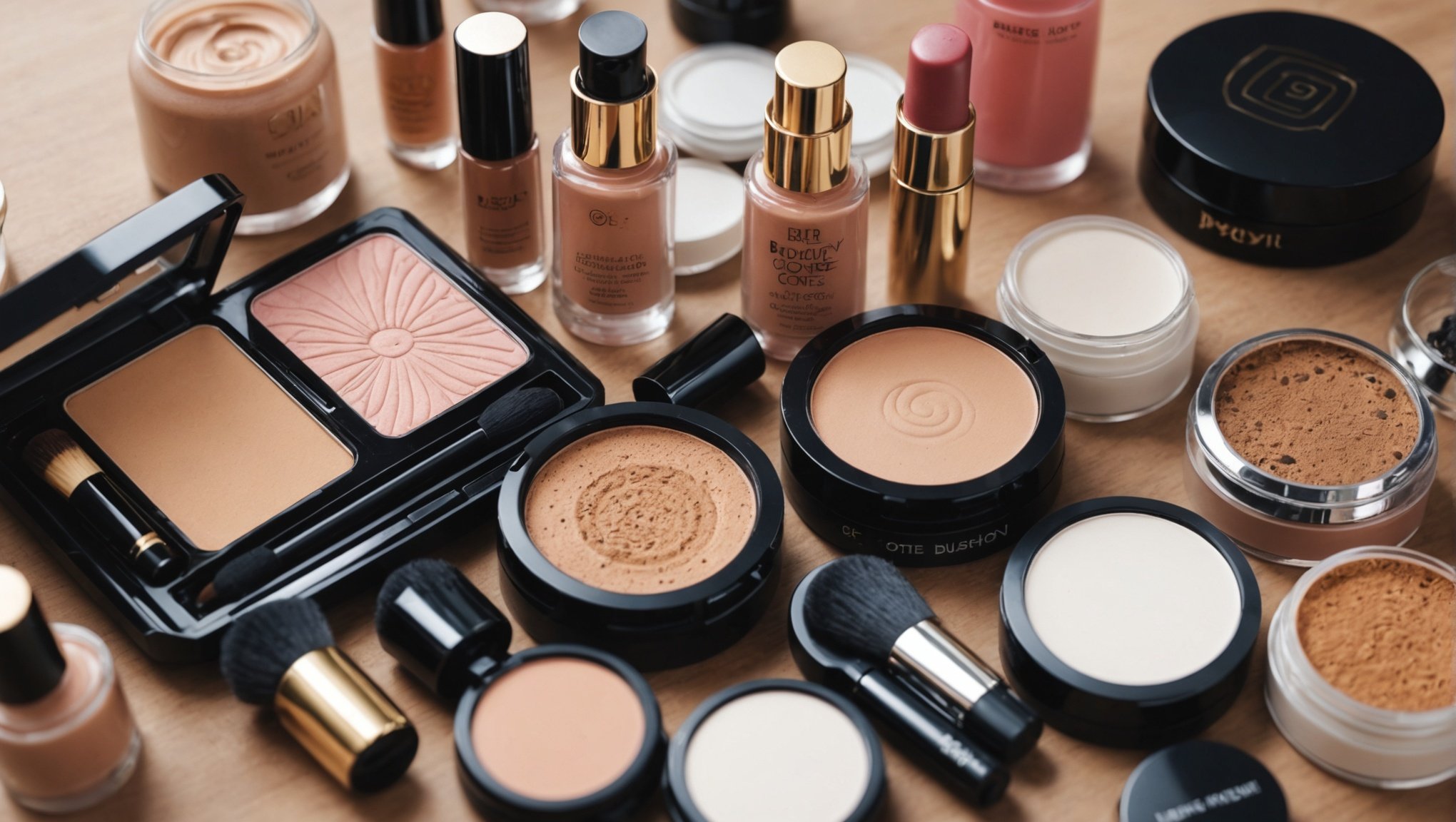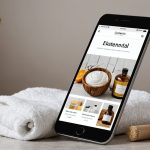User-generated content (UGC) represents a game-changer for UK beauty brands seeking authentic engagement. By leveraging real customer experiences, brands can transform their marketing strategies, building trust and connection with their audiences. This approach not only enhances brand credibility but also fosters a sense of community. Explore how harnessing the genuine voices of customers can maximize marketing impact and drive brand loyalty in the competitive beauty landscape.
Understanding User-Generated Content in the Beauty Industry
User-generated content (UGC) is a powerful tool in the beauty industry, encompassing any form of content—such as photos, videos, reviews, and social media posts—created by consumers rather than brands. This type of content has become integral to beauty brands as it offers authentic and relatable perspectives. UGC can include everything from makeup tutorials to product reviews, showcasing real-life experiences with products.
Also to read : Unlocking Superior Customer Service: Strategies for UK Businesses to Harness AI Innovation
The importance of UGC in the beauty industry cannot be overstated. It serves as a marketing strategy that builds trust and credibility, as potential customers are more likely to trust genuine user experiences over traditional advertising. Furthermore, UGC allows brands to engage with their audience, fostering a sense of community and loyalty.
In the UK, current trends show that beauty brands are increasingly leveraging UGC to enhance their marketing strategies. They are encouraging customers to share their experiences on social media platforms, often using branded hashtags to track and promote this content. By integrating UGC into their campaigns, beauty brands can tap into the creative power of their consumers, driving brand awareness and influencing purchasing decisions.
Also read : Unlocking New Readers: Strategies for UK Book Publishers to Use Audiobook Narration to Expand Their Audience
Benefits of User-Generated Content for UK Beauty Brands
In the beauty industry, user-generated content (UGC) offers numerous advantages for brands in the UK. One of the primary benefits is enhancing brand authenticity. When consumers contribute their own experiences and perspectives, it creates a genuine connection that traditional marketing often struggles to achieve. This authenticity fosters consumer trust, as potential buyers are more inclined to believe real-life testimonials over polished advertisements.
Moreover, UGC significantly boosts brand visibility. As consumers share their content across various social media platforms, they effectively act as brand ambassadors, reaching wider audiences. This organic spread of information not only increases awareness but also engages potential customers who might not have been reached through conventional advertising channels.
Another crucial benefit is the improvement in conversion rates and sales. UGC serves as powerful social proof, showcasing real users' satisfaction and encouraging others to make purchasing decisions. Seeing others' positive experiences with a product can be a deciding factor for consumers considering a purchase.
Additionally, UGC helps build a community around the brand. By encouraging consumers to share their stories, brands can create a sense of belonging and loyalty. This community aspect not only strengthens the brand-consumer relationship but also inspires further engagement and interaction.
Case Studies of Successful UGC Campaigns
Exploring case studies of successful UGC campaigns provides valuable insights into how UK beauty brands harness consumer creativity. These success stories illustrate the tangible impact of user-generated content on brand growth and engagement.
Example of a Leading UK Beauty Brand
A prominent UK beauty brand launched a campaign encouraging users to share makeup looks using a specific product line. Participants used a branded hashtag, which quickly gained traction on social media. This approach not only increased product visibility but also fostered a community of enthusiastic consumers sharing their experiences.
Analysis of Impact and Results
The campaign's success was evident in the metrics: a significant increase in social media engagement, a boost in brand followers, and a noticeable rise in sales. The authentic content generated by users also enhanced the brand's credibility. By leveraging UGC, the brand tapped into a wider audience, driving both awareness and conversions.
Key Takeaways from the Campaign
Key lessons from this campaign include the power of branded hashtags to track and amplify UGC, the importance of fostering community engagement, and the effectiveness of using real consumer stories to build trust. These strategies can be replicated by other brands seeking to enhance their marketing efforts.
Practical Strategies for Integrating UGC into Marketing Efforts
Incorporating UGC integration into marketing campaigns can significantly enhance brand engagement and visibility. To effectively encourage customers to create content, brands should offer incentives such as discounts or exclusive access to new products. This not only motivates participation but also fosters loyalty.
Engagement strategies are crucial when utilising social media platforms for UGC sharing. Brands should actively engage with users by liking, commenting, and sharing their content. This interaction not only amplifies visibility but also strengthens the brand-consumer relationship. Using branded hashtags can help track and promote user content, creating a cohesive and recognisable campaign.
Incorporating user-generated content across various marketing channels is another effective strategy. For instance, featuring UGC on websites can provide authentic testimonials that enhance credibility. Similarly, integrating user content into email marketing campaigns can personalise the message and increase engagement. Advertisements showcasing real users' experiences can serve as powerful social proof, influencing potential buyers.
By adopting these strategies, brands can effectively harness the power of UGC, driving both awareness and conversions. This approach not only taps into consumer creativity but also builds a community around the brand, fostering a sense of belonging and loyalty.
Measuring the Impact of User-Generated Content
Understanding the impact of user-generated content (UGC) requires tracking specific UGC metrics. Key metrics such as engagement rates, reach, and conversion rates provide insights into the effectiveness of UGC campaigns. Engagement rates include likes, comments, and shares, indicating how well the content resonates with the audience. Reach measures how many unique users have seen the content, while conversion rates track how many users took action, like purchasing a product, after engaging with UGC.
To analyse UGC impact, brands can utilise various tools and methodologies. Social media analytics platforms offer detailed insights into how content performs across different channels. These tools help in understanding audience demographics, peak engagement times, and content types that drive the most interaction. Additionally, sentiment analysis tools can gauge the overall tone of user feedback, providing qualitative data alongside quantitative metrics.
Refining UGC campaigns based on data insights is crucial for sustained success. Strategies include adjusting content types, targeting specific audience segments, or experimenting with posting times to optimise engagement. By continuously monitoring and analysing UGC metrics, brands can make informed decisions to enhance their marketing efforts and maximise the benefits of user-generated content.











